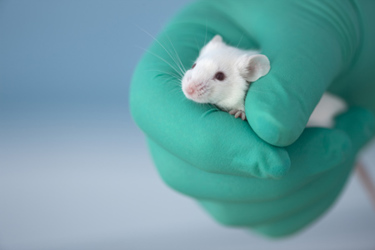Biodistribution Of AAV6.2-mCherry In C57BL/6J Mouse Dosed Via Nose-Only Inhalation Route
By Mayuri Prasad, Justine Damiano, Phillip Gouldthorpe, Ambre Brink, Lori Bedient, Emily Resseguie, Sheri Vesperman, Sarah Wills, Simon Moore, and Brian E. Mcintosh

Over the past seven years, the U.S. Food and Drug Administration (FDA) has approved five adeno-associated virus (AAV)-based gene therapies for various disorders and life-threatening monogenic diseases. Effective delivery of aerosolized AAV gene therapy to respiratory tract tissues is crucial for treating monogenic pulmonary diseases such as cystic fibrosis and α-1-antitrypsin (AAT) deficiency, requiring careful evaluation of cell targeting, laboratory personnel safety, and vivarium containment.
The airway epithelium and lung epithelial cells serve as optimal targets for aerosolized particles, particularly through nose-only inhalation administration. In this study, we developed a rodent nose-only AAV inhalation model to assess administration efficiency, biodistribution, and persistence of AAV6.2 expressing the fluorescent protein mCherry, four weeks post-dosing, while also evaluating aerosol containment during administration.
Get unlimited access to:
Enter your credentials below to log in. Not yet a member of Cell & Gene? Subscribe today.
